Invented by Jozef Maria Hendrik Raats, Renato Gerardus Silvano Chirivi, Citryll BV, Citryll Ip BV
Chronic inflammatory diseases, such as rheumatoid arthritis, inflammatory bowel disease, and asthma, affect millions of people worldwide. These conditions can cause significant pain and discomfort, leading to a decreased quality of life. As a result, there is a high demand for effective anti-inflammatory agents that can provide relief and improve the overall well-being of patients.
The aging population is another key factor contributing to the growth of the market for anti-inflammatory agents. As people age, they become more susceptible to chronic diseases and conditions that involve inflammation. This has led to an increased need for medications that can effectively manage inflammation and its associated symptoms.
Nonsteroidal anti-inflammatory drugs (NSAIDs) are the most commonly used class of anti-inflammatory agents. They work by inhibiting the production of prostaglandins, which are responsible for inflammation and pain. NSAIDs are available over-the-counter and in prescription strength, making them easily accessible to consumers. However, long-term use of NSAIDs can lead to side effects such as gastrointestinal bleeding and cardiovascular problems.
Corticosteroids are another class of anti-inflammatory agents commonly used to treat a wide range of inflammatory conditions. These medications work by suppressing the immune system and reducing inflammation. Corticosteroids can be administered orally, topically, or through injections, depending on the severity and location of the inflammation. However, long-term use of corticosteroids can also lead to side effects such as weight gain, osteoporosis, and increased susceptibility to infections.
In recent years, there has been a growing interest in the development of novel anti-inflammatory agents with improved efficacy and safety profiles. Biologic therapies, such as tumor necrosis factor (TNF) inhibitors and interleukin-6 (IL-6) inhibitors, have emerged as promising options for the treatment of inflammatory diseases. These medications target specific molecules involved in the inflammatory process, providing targeted relief with fewer side effects compared to traditional anti-inflammatory agents.
The market for anti-inflammatory agents is highly competitive, with several pharmaceutical companies vying for market share. Key players in the market include Pfizer Inc., Johnson & Johnson, Novartis AG, and AbbVie Inc. These companies invest heavily in research and development to bring new and innovative anti-inflammatory agents to the market.
In conclusion, the market for anti-inflammatory agents is experiencing significant growth due to the increasing prevalence of chronic inflammatory diseases and the aging population. The demand for effective and safe medications to manage inflammation and its associated symptoms is driving the development of novel therapies. As the market continues to evolve, it is expected that there will be a greater focus on personalized medicine and targeted therapies, providing patients with more tailored treatment options for their specific inflammatory conditions.
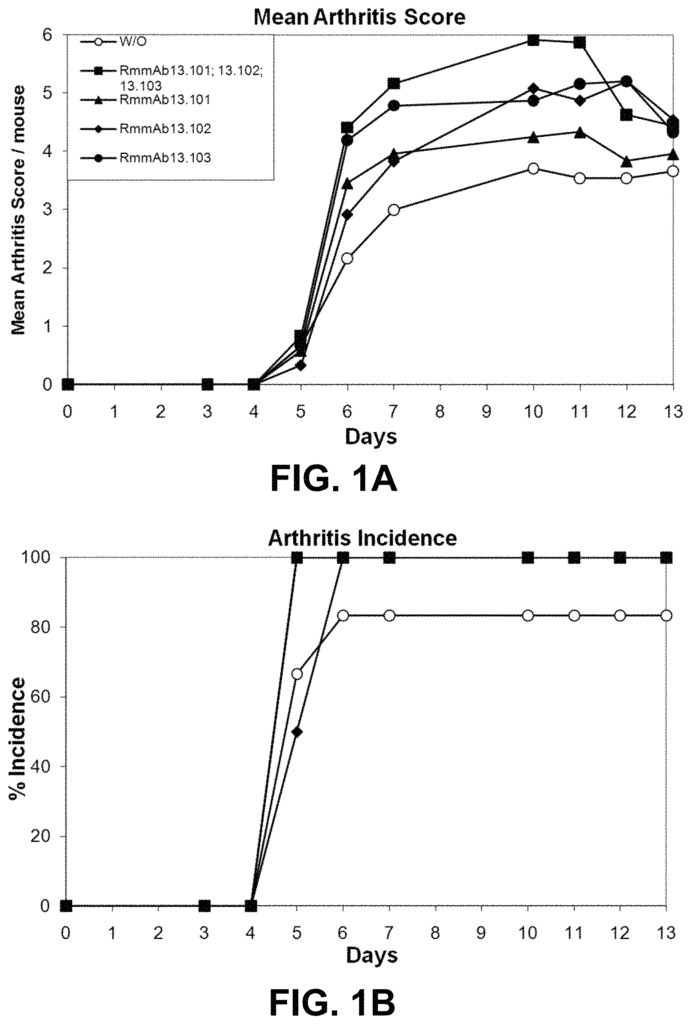
The Citryll BV, Citryll Ip BV invention works as follows
This invention relates to the treatment or prevention of inflammation in humans or animals, and pharmaceutical compositions and methods that treat or prevent various inflammatory conditions. The invention is primarily concerned with compositions and methods to treat or prevent inflammatory conditions, such as citrulline related inflammatory diseases. The invention provides specific binding molecules directed against citrulline-containing epitopes for use in the therapy and prevention of inflammatory conditions.
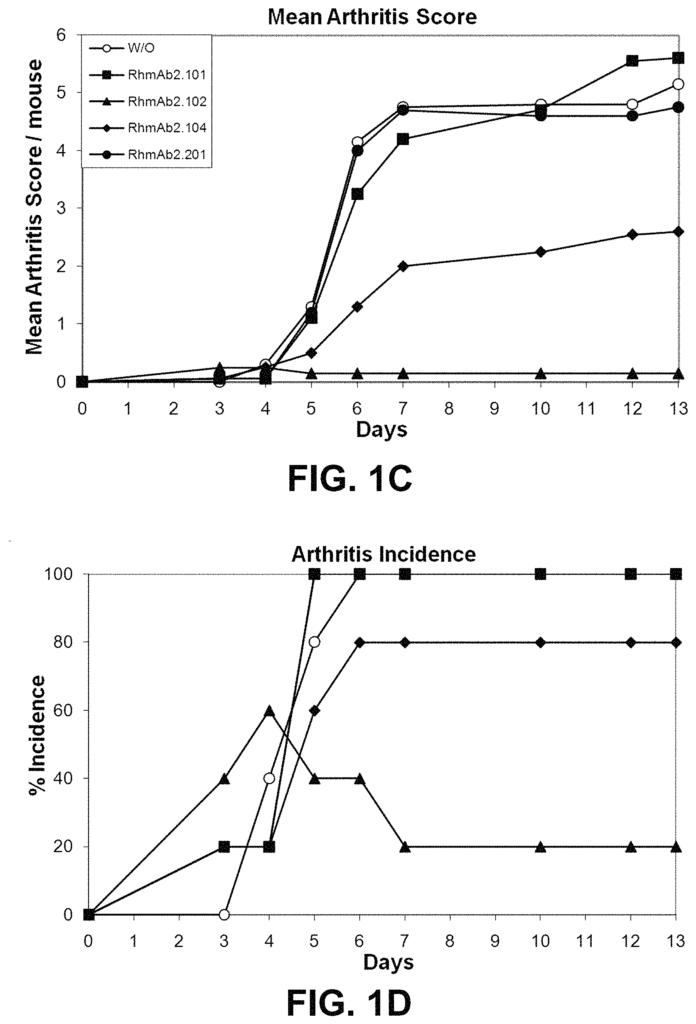
Background for Anti-inflammatory agents
Inflammatory conditions of any kind, chronic or acute, are a major problem for the healthcare industry. Chronic inflammation can be defined as inflammation that lasts for a long time (weeks or even months), in which tissue destruction, active inflammation and healing attempts are all occurring simultaneously (Robbins? Pathologic Basis of Disease, by R. S. Cotran and V. Kumar, W. B. Saunders Co. 1989, p.75). Chronic inflammation can be a sequel to an acute inflammatory event, but it can also develop as a slow, insidious progression. For example, chronic inflammation may result from a persistent infection, such as tuberculosis or syphilis. It can also occur as the result of prolonged exposure to toxins (e.g. silica or asbestos), or an autoimmune reaction against body tissues.
Inflammatory arthritis is an important health issue in developed countries. This is especially true given the growing number of elderly people. Rheumatoid Arthritis (RA), for example, is a chronic, relapsing inflammatory disease that affects 1% to 2% worldwide.
Although RA can affect many organs, it is a severe form of synovitis chronic that leads to ankylosis and destruction of the affected joints. (Robbins? Pathologic Basis of Disease, by R. S. Cotran and V. Kumar. Saunders Co. 1989). The disease is pathologically characterized by the thickening and proliferation of synoviocytes (also known as synoviocyte proliferation), the infiltration of white blood cells into the synovial lining (macrophages lymphocytes plasma cells and lymphoid cells; also called inflammatory synovitis). The disease is characterized by a marked thickening of the synovial membrane, which forms villous projections that extend into the joint space. It also involves a multilayering of the synoviocyte lining (synoviocyte proliferation), infiltration of white blood cells on to it (macrophages, lymphocytes and plasma cells), as well as cellular necrosis. This tissue is called pannus and it eventually fills the joint space. Angiogenesis is crucial to the progression of synovitis. The release of digestive enzymes from pannus cells (e.g. matrix metalloproteinases, collagenase and stromelysin), as well as other mediators in the inflammatory response (e.g. hydrogen peroxides and superoxides), leads to progressive destruction of cartilage tissue. The pannus infiltrates the articular articular cartilage, causing erosions and fragmentation. “There is eventually erosion of the subchondral bones with fibrous and bony ankylosis of the affected joint.
It is generally accepted that RA is a form of autoimmune disease, and that a variety of arthrogenic triggers can activate the immune system in an immunogenetically vulnerable host. Exogenous infectious agents such as Epstein-Barr, rubella, cytomegaloviruses, herpes viruses, human T-cells lymphotropic viruses, mycoplasmas, etc., as well as endogenous proteins, including collagen, proteoglycans and altered immunoglobulins, as well as post-translationally-modified proteins, like citrullinated protein, have all been implicated in triggering an inappropriate host immunity response. Autoimmunity is a factor in the progression and development of disease, regardless of what triggers it. The antigen of interest is taken up by the antigen-presenting cell (macrophages, or dendritics cells, in the synovial surface), and then processed before being presented to the T lymphocytes. The T cells stimulate B lymphocytes to proliferate and differentiate into plasma cells. The result is an inappropriate excessive immune response that targets the host tissue (e.g. antibodies against type II collagen, antibodies against the Fc part of autologous IgG, also known as ‘rheumatoid factors? The end result is an excessive inappropriate immune response directed against the host tissues (e.g., antibodies directed against type II collagen, antibodies directed at the Fc portion of autologous IgG (called “rheumatoid factor” The immune response is further amplified, and the destruction of cartilage tissue is accelerated. “Rheumatoid Arthritis progresses as a result of this cascade of cartilage destruction.
The presence of anti CCP producing plasma cells is indicative of antigen-driven maturation at the site inflammation of CCP specific B cells. After anti-CCP antibody is produced, immune complexes containing citrullinated protein in the synovia can trigger the progression of inflammation. These and other studies supported the hypothesis anti-CCP antibody caused at least some of the symptoms of RA. The results of B-lymphocyte depletion in RA patients (Cambridge et.al., Arthritis Rheum. vol. 48, 2146-2154, 2003).
The American College of Rheumatology (Arthritis and Rheumatism 39(5):713-722, 1996) has recently recommended that patients with advanced rheumatoid have a higher mortality rate than certain forms of cancer. As a result, the treatment regimens have changed to include aggressive early drug therapies designed to reduce irreversible joint injury. The American College of Rheumatology has recently recommended that patients with a confirmed diagnosis and persistent symptoms should be treated early with disease-modifying antirheumatic drugs (DMARDs). Methotrexate, a chemotherapeutic drug, is the preferred drug by 60% to 70% rheumatologists. “The severity of the condition often requires weekly indefinite treatment. In those cases where methotrexate is not effective, second-line chemotherapeutics such as azathioprine and cyclosporin (alone or combined) are commonly used.
There is a continuing need for compounds that can inhibit the pathogenesis and treatment of inflammatory disease, especially diseases involving the synovium, as well as citrulline-related diseases.
The invention provides a binding molecular that is specifically reactive with an epitope citrullinated on p15 or p17, for use in treating or preventing inflammatory diseases.
The invention also provides a treatment or prevention method for an inflammatory condition, which includes the step of giving a therapeutically-effective amount of an antiinflammatory composition containing a binding molecule that is specifically reactive with an epitope of citrulline on p15 and/or 17.
The present invention includes pharmaceutically acceptable formulations containing specific binding molecules that react with citrulline residues. The binding molecules are reactive with the citrullinated polypeptide epitopes, as described here, namely p15 and P17.
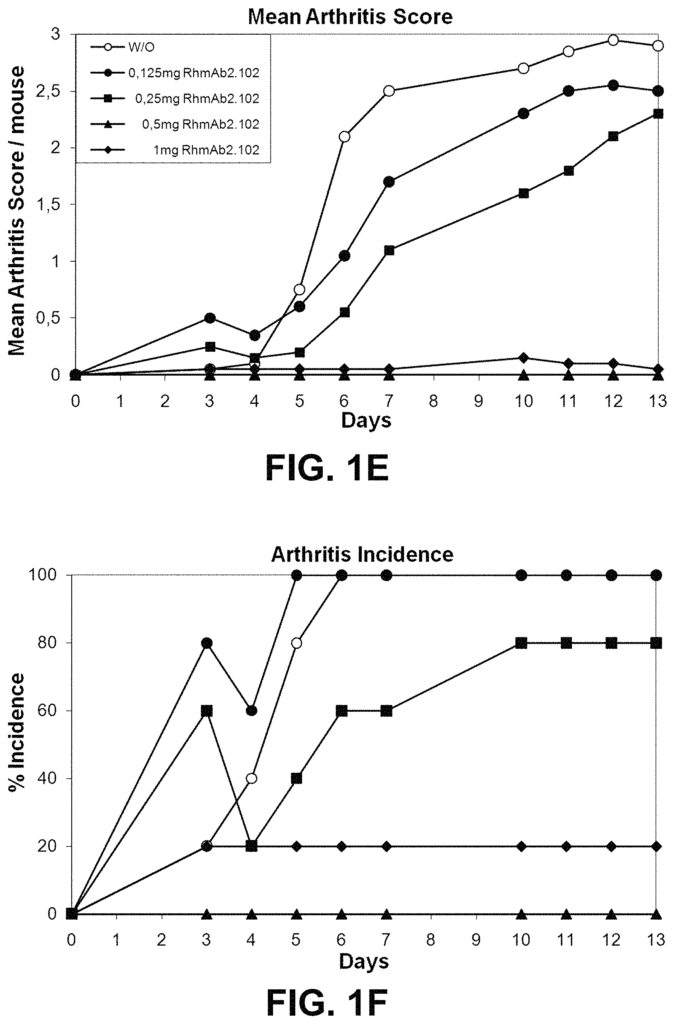
These and other aspects will be evident from the detailed description, figures and example. The following references describe certain devices, procedures or compositions in greater detail. They are therefore incorporated in their entirety.
The invention provides a binding molecular that is specifically reactive with an epitope citrullinated on p15 or p17, for use in treating or preventing inflammatory diseases.
The term “specific binding molecule” is used here to indicate a molecule, preferably a small molecule, capable of specific binding. Herein, the term’specific binding molecule’ is used to refer to a molecule capable of specific bonding, preferably one that is small. In this context, specific binding means that the molecule can bind to a target molecule of choice but will not bind under the same circumstances to another target molecule. A binding molecule, for example, is said to bind specifically to serum albumin if it binds only to serum albumin. It will not bind to any other serum protein.
The term “specifically reacts” with citrulline is used. “Reactive with a Citrullinated Epitope” Or’reactive with a cirulline epitope’? In this context, it means that the antibodies react with a structure like a peptide containing a residue of citrulline. The antibody will react less or not at all if the structure contains an arginine instead. The term “peptide” is used. or ?peptide-like? “A molecule is defined as a structure that can present the citrulline in a context suitable for immunoreactivity to the specific binding molecules described herein. This context should be the same as the one in which it appears in vivo, in the form of a native peptide.
The specific binding molecule” The?specific binding molecule? may be a molecule. It is preferably a small, non-toxic molecule that is composed of DNA or RNA or a peptide or protein domain or whole protein, or a combination thereof or parts thereof. This molecule can bind to the target compound. Specific binding molecules can be peptides, antibodies or their parts, including single-domain antibodies (sdabs), which are also called VHH antibodies. Other examples include nanobodies, camelid-derived monodomain antibodies, shark IgNAR-derived monodomain antibodies fragments known as VNAR or anticalins. A preferred embodiment of a binding molecule comprises a fusion containing the antigen-binding region of an antibody, or an aptamer such as an DNA or RNA aptamer. In a preferred embodiment, the binding molecule is an antibody or a derivative thereof, including nanobodies or single domain antibodies or active parts. The invention relates in particular to the specific binding molecules described above, which are peptides and antibodies.
The term “antibodies” “Antibodies” or ‘antibody’ Refers to a polypeptide or protein capable of binding specifically to a target molecular, often called an ‘antigen.’ Immunoglobulins (also called antibodies) are gamma-globulin proteins found in the blood and other bodily fluids. They are used by our immune system to neutralize foreign substances, such as viruses and bacteria.
Antibodies consist of basic structural unit?each with a pair of large heavy chains and a pair small light chains to form, for instance, monomers, dimers, or pentamers?with one unit. A type of white blood cells called a B-cell produces antibodies. There are different types of heavy chains and different types of antibodies. These are then grouped according to the heavy chain that they have. There are five different isotypes of antibodies in mammals. They play different roles and direct the immune response to each type of foreign object that they encounter. Sharks and camelids, such as llamas (camelids), may have abnormal antibody structures.
Even though the structure of all antibodies are very similar, there is a small area at the tip of each protein that is highly variable. This allows millions of antibodies to exist with slightly different tip shapes. This region is called the hypervariable area. Each variant can bind to an antigen, which is a target. The immune system can recognize a wide variety of antigens because of the diversity of antibodies. Epitope is the unique part of an antigen that an antibody recognizes. These epitopes interact with antibodies in a way that is highly specific. This allows antibodies to recognize and bind their unique antigen among the millions of molecules that comprise an organism. An antibody’s recognition of an antigen marks it as a target for other immune system components. Antibodies may also neutralize targets by binding directly to the part of a pathogen needed to cause infection.
The large, diverse population of antibody is created by random combinations between gene segments that encode antigen-binding sites (or paratopes), which are then followed by random mutations within this region of the gene for the antibody. This creates further diversity.” The base of the heavy chains of antibody genes can also be reorganized in a process known as class switching. This changes the base to another and creates a new isotype that retains antigen-specific variable regions. This allows for a single antigen to be used by different immune systems in different isotypes.
The term “antibody” as used herein includes single chain antibodies, fragment antigen binding regions, recombinantly produced antibodies monoclonal antibodies, single domain antibodys and the like. “The term?antibody?
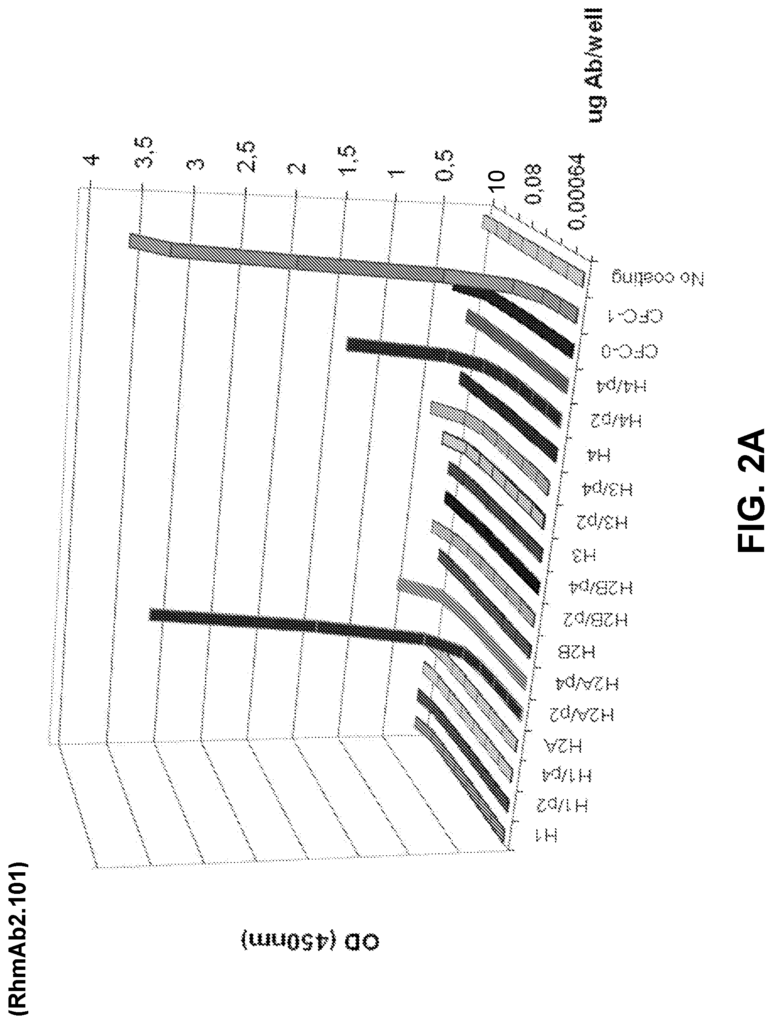
Click here to view the patent on Google Patents.
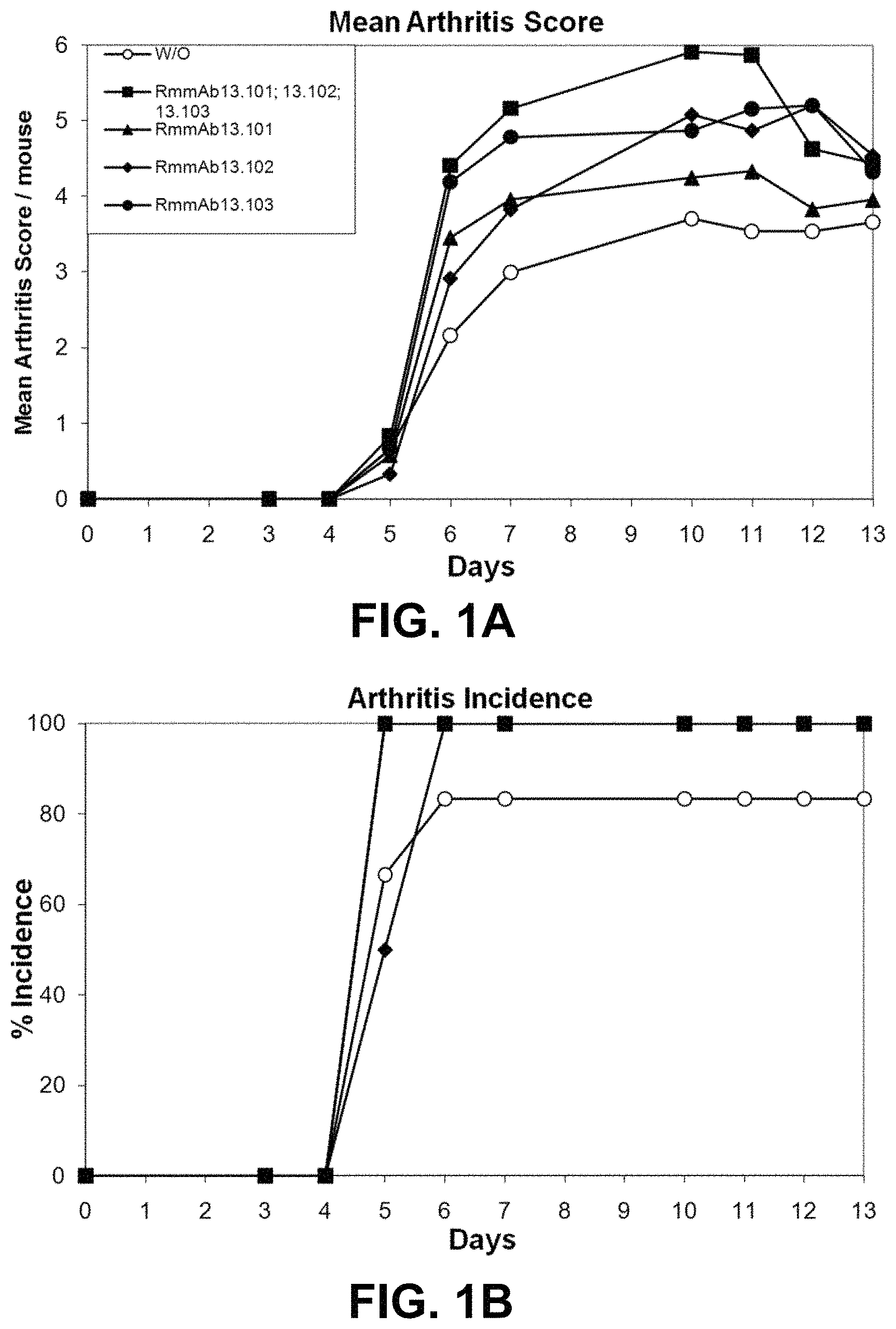
Leave a Reply